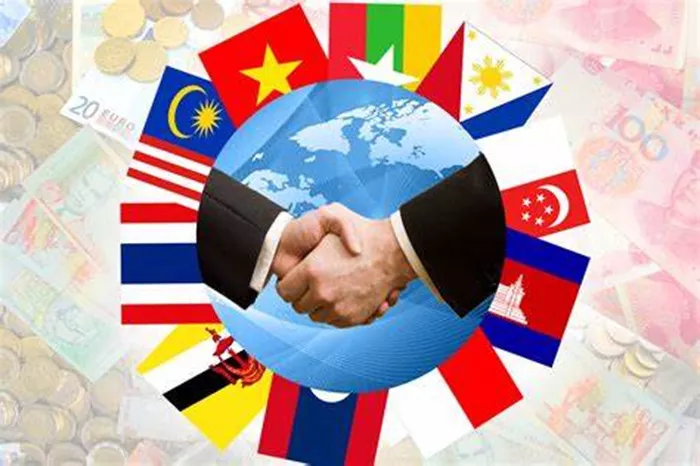As visa-free policies expand China’s “friend circle” and deepen regional collaboration, three experts discuss key strategies for boosting people-to-people exchanges in neighboring regions:
Southeast Asia: Youth-Driven Cultural-Tourism Vitality
“Geographically and culturally, China and Southeast Asia share an irreplaceable bond,” says Dai Fan, Vice Dean of Jinan University’s School of International Relations. With 27% ethnic Chinese in Malaysia and 75% in Singapore, the region’s historical ties—from Zheng He’s voyages to Baba-Nyonya culture—form a solid foundation.
In 2024, two-way student exchanges exceeded 175,000, while 10 ASEAN languages are now taught in Chinese universities. Tourism flows surged: 9.69 million ASEAN visitors to China (up 113.1%) and 16.2 million Chinese travelers to ASEAN (up 105.2%). Chinese dramas like Nirvana in Fire dominate streaming platforms, while Thai youth dramas gain popularity in China, creating a “youth cultural bridge.”
Challenges remain: uneven engagement (e.g., limited ties with some nations), insufficient outreach beyond Chinese communities, and low interaction relative to the 2-billion population. “But the potential is enormous,” Dai notes.
South Asia: Cultivating “Bridge Youth”
“South Asia’s historical focus on Western cooperation created a ‘geographic proximity, psychological distance’ paradox,” says Long Xingchun, Professor at SISU. To bridge this, he proposes:
Balanced education flows: While 23,000 Indians studied in China in 2019, only ~200 Chinese went south. Scholarships tied to BRI projects (e.g., Gwadar Port) could fund Chinese students to study local languages/laws.
Language ecosystems: Expand “Chinese + vocational skills” training via Confucius Institutes, while supporting grassroots Hindi education in India.
Digital diplomacy: Partner with local media to create bilingual content, nurture South Asian social media influencers, and embed Chinese stories in e-commerce ads.
Northeast Asia: Tech-Culture Synergy
“Weekend trips to Shanghai” and mala tang craze in Japan show cultural exchanges are shifting from formal events to daily life, notes Yu Wanying of Shandong University. Visa relaxations fueled a 60.6% surge in South Korean visitors (2024-2025), with Chinese Korea-bound tourists hitting 1.56 million in 2025’s first four months.
Student mobility is rebounding: 70,000 Chinese study in South Korea, 110,000 in Japan. But reciprocal flows lag, with only 14,500 Korean students in China. Tech-cultural fusion—like Chinese short-video platforms in Japan/SK—offers a path: “Hard innovation and soft culture must grow together,” Yu says, citing Sino-Japanese-Korean R&D hubs and cultural festivals as models.
“People-to-people exchange is not a facade, but root engineering,” concludes Long. “It thrives in daily interactions—whether drama-watching or lab research—where civilizational roots naturally intertwine.”
Related Topics:
- Beijing Launches Bold Plan to Boost Inbound Tourism Amid Surge
- Chinese Travel Giant Trip Tops Korean Charts, Undercuts Rivals
- Travel Platforms Embrace AI to Revolutionize Trip Planning

